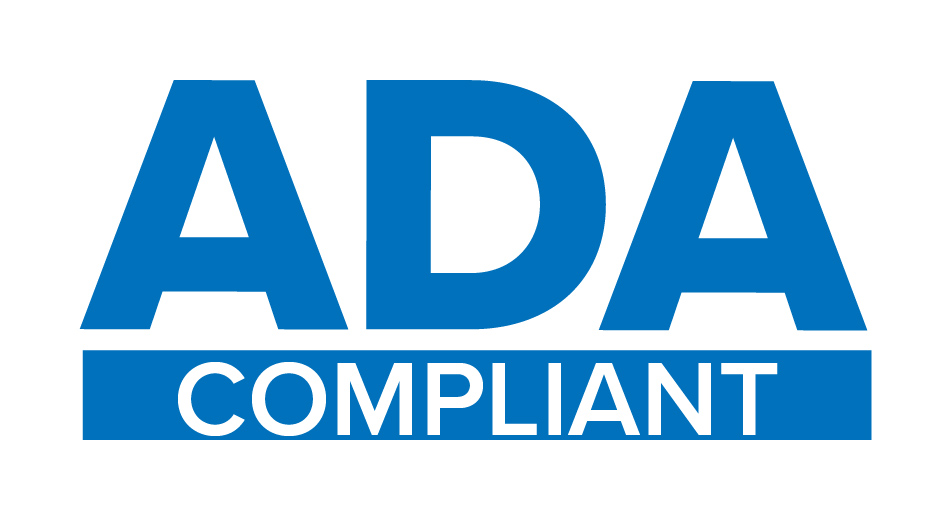Well, would you look at that.
Eufaula, Oklahoma isn’t the kind of place where the universe usually pulls up a chair and gets dramatic. But this fall, while we were mowing lawns, fixing fence posts, and arguing over college football, something slipped behind the Sun, poked a cosmic button, and ended up flipping the sky on like someone leaned on the wrong light switch.
That “something” was 3I/ATLAS—our wandering interstellar guest cruising through the solar system with the casual swagger of a traveler who’s seen bigger, stranger places.
When a Visitor Steps Out From Behind the Sun
Right after 3I/ATLAS emerged from its solar hiding spot, the Sun fired off four major X-class flares in a rapid burst—a pace that made scientists blink twice and check their instruments.
And then came the shocker: the northern lights drifted all the way down to Oklahoma.
People stepped onto porches expecting to see clouds… and instead saw the sky glowing like it was practicing for a cosmic halftime show.
Scientists said: “Perfectly normal space weather.”
Conspiracy theorists said: “Oh really? Right after 3I/ATLAS shows up? Mm-hmm.”
Everyone else just grabbed their phone cameras, hoping their battery didn’t die in the cold.
The Longstanding Debate: Science vs. “Hold On a Minute…” The science crowd insists solar flares do what solar flares do—heat up, burst out, shake Earth’s magnetic field, and light up the sky.
But the conspiracyminded folks don’t buy the timing. They point to the way the flares seemed synced with 3I/ATLAS and its fellow comets, Lemon and T1 ATLAS.
“Too coincidental,” they say.
“Too ordinary,” the scientists reply.
And so the cosmic debate continues—one side armed with data, the other with intuition and a very active group chat.
Meanwhile, the Earth Has Its Own Worries While we were busy sky-gazing, the ground halfway around the world began stirring.
A swarm of earthquakes started rattling off the coast of Japan— magnitudes 5 and 6, dozens of them—eerily similar to the tremors that preceded the catastrophic 2011 earthquake and tsunami.
No one wants to hear that comparison, but no one can ignore it either. The planet doesn’t make patterns like that for fun.
Planetary Lineups Worth Watching
As if the story needed more layers, November brings a Sun–Mercury– Moon–Earth–Uranus alignment. January brings a bigger one—an arrangement so tidy it looks like the planets lined up for a family portrait.
What will happen? No promises. No predictions. Just possibility.
So… What’s Next?
We’ve got an interstellar object acting mysterious, the Sun firing warning shots, auroras sneaking into Oklahoma, earthquake swarms echoing past disasters, and the planets drifting into suspiciously neat formations.
Maybe it’s all coincidence.
Maybe it’s all connected.
Maybe the universe is clearing its throat before the next act.
Whatever comes next, it’s already on its way.
And the sky—bright, strange, and watching— is waiting with us.



